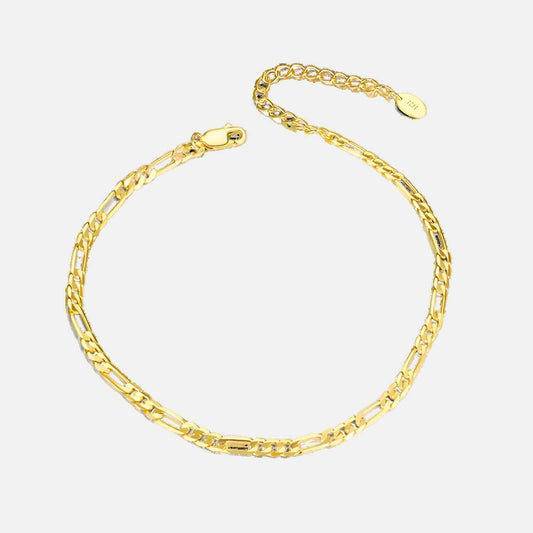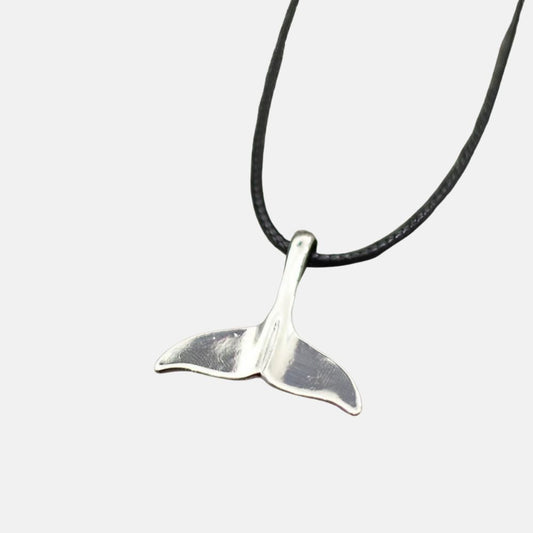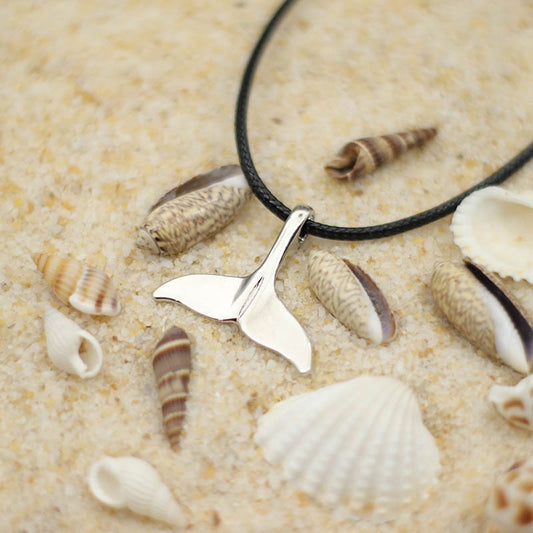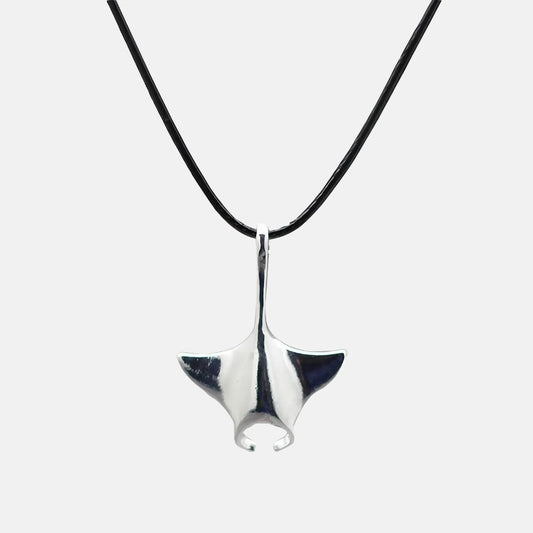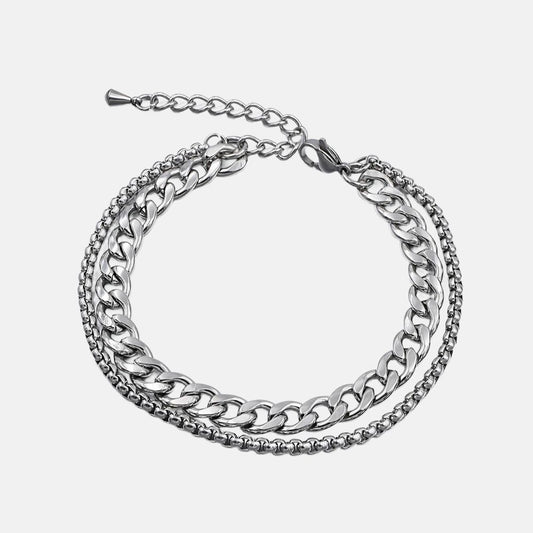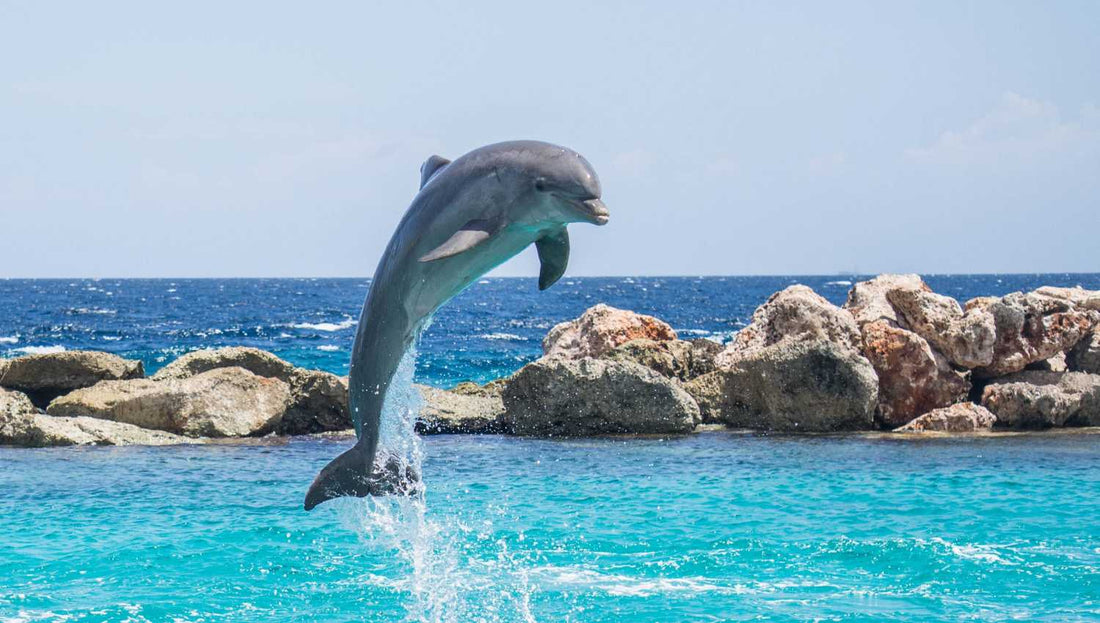
Marine mammals
Marine mammals are found in marine ecosystems around the world. They are a diverse group of mammals with unique physical adaptations that allow them to thrive in a marine environment characterized by extreme temperatures, depths, pressures , and darkness .
There are four distinct taxonomic groups for marine mammals: cetaceans (including whales, dolphins and porpoises), pinnipeds (such as seals, sea lions and walruses), sirenians (such as manatees and dugongs) and marine fissipeds (such as manatees and dugongs). such as polar bears and sea otters).
What is a marine mammal?
What makes a marine mammal a marine mammal? They must exhibit the characteristics of all mammals – they breathe air through lungs , are warm- blooded , have hair (at some point in their lives), and produce milk to feed their young – all while living life most or all of their lives in or very near the ocean.
Types of marine mammals
Cetaceans
Cetaceans (whales, porpoises and dolphins) are divided into two main groups: baleen whales (mysticetes) and toothed whales (odontocetes).
They spend their lives in the water, and have many adaptations to their entirely aquatic lifestyle. There are more than 70 different species of cetaceans.
List of 70 cetaceans
- Blue whale
- Bryde's whale
- Minke whale
- Sei's Whale
- Southern right whale
- Boreal right whale
- Gray whale
- Humpback whale
- Blainville's beaked whale
- Cuvier's beaked whale
- Sowerby's beaked whale
- True's beaked whale
- Longman's toothed whale
- Baird's toothed whale
- Hector's toothed whale
- Melville's toothed whale
- Perrin's toothed whale
- Common bottlenose dolphin
- Atlantic humpback dolphin
- Atlantic white-sided dolphin
- Bottlenose dolphin
- Commerson's spinner dolphin
- White-beaked dolphin
- Blue and white dolphin
- Common dolphin
- Dusky's Dolphin
- Fraser's Dolphin
- Hector's Dolphin
- Risso's dolphin
- Dolphin of the Indo-Pacific
- Peale's Dolphin
- Sousa Dolphin
- Tucuxi Dolphin
- Chilean dolphin
- Pacific white-sided dolphin
- Long-beaked Pacific dolphin
- Common Pacific Dolphin
- Black Pacific Dolphin
- Dolphin of the Rio de la Plata
- False-orca dolphin
- Atlantic spotted dolphin
- Killer Whale
- Great sperm whale
- Common Grampus
- Steller's manatee
- Dall's porpoise
- Burmeister's porpoise
- Commerson's porpoise
- Indo-Pacific porpoise
- Risso porpoise
- Narwhal
- Pygmy Orc
- Northern killer whale
- Southern Killer Whale
- Mediterranean monk seal
- Minke whale
- Platanist of the Ganges
- Fin whale
- humpback whale
- Sei whale
- Rudolphi whale
- Bryde's whale
- Antarctic whale
- Omura's whale
- Sei's Whale
- Tropical whale
- Indo-Pacific Blower
- Tursiops aduncus
- Tursiops truncatus
- Vaquita.
Pinnipeds
Pinnipeds means “ finned .” These carnivores use fins to move both on land and in water . Pinnipeds spend most of their lives swimming and eating in water and come to land or sea ice to give birth to their young, rest and molt.
List of different pinnipeds
Seals
- Gray seal
- Harbor seal
- Weddell seal
- Hooded seal
- Monk seal
- Maned seal
Sea lions
- California Fur Seal
- Steller Sea Lion
- South Georgia maned sea lion
- Spectacled sea lion
Sea lions
- Pacific sea lion
- Oregon sea lion
- California sea lion
- Australian sea lion
- Arctic sea lion
The sirenians
Like cetaceans, sirenians also spend their entire lives in water. They are the only group of marine mammals that are completely herbivorous . Sirenians are named after Sirens , the legendary Greek sea beauties who lured sailors into the sea. Some believe that historical sightings of mermaids were actually sirenians, not the mythical half- woman , half- fish .
List of sirenians
- Dugong (Dugong dugon)
- African manatee (Trichechus senegalensis)
- Caribbean manatee (Trichechus manatus)
- Amazonian manatee (Trichechus inunguis)
- Florida manatee (Trichechus manatus latirostris)
- Pygmy manatee (Trichechus pygmaeus)
- Steller's rhytine (Hydrodamalis gigas) - extinct
Marine fissipedes
Marine fissipeds are considered marine mammals, but they spend most of their time on land and only part of the time in the water, mainly hunting for food .
List of marine fissipedes
- Currycomb (Cancer pagurus)
- Red-clawed crayfish (Necora puber)
- Yellow-clawed crayfish (Liocarcinus vernalis)
- King crayfish (Metacarcinus magister)
- Alaskan crayfish (Paralithodes camtschaticus)
- American crayfish (Homarus americanus)
- White-clawed crayfish (Palaemonetes varians)
- Northern crayfish (Nephrops norvegicus)
- Common crayfish (Carcinus maenas)
- Blue crayfish (Portunus pelagicus)
Ecology of marine mammals
Marine mammals play diverse ecological roles , including as herbivores (manatees), filter feeders (baleen whales), and top predators (orcas).
Mammals evolved on earth around 160 million years ago. Each taxonomic group of marine mammals evolved from a different group of land mammals, whose ancestors ventured separately into the ocean environment.
Despite these different origins, many marine mammals have acquired similar characteristics – streamlined bodies , paddle-shaped limbs and tails , through convergent evolution.
Threats and protection
The threats to marine mammals mainly come from the impact of humans , particularly accidental capture in fishing gear.
Habitat destruction, poaching, pollution, harassment and ship strikes. Everyone can help protect marine mammals by practicing good sea etiquette.
Admire them from afar; Never touch, feed, harm or swim with a marine mammal.
Why do we need to protect marine mammals?
As among the oceans ' top predators , marine mammals play an important role in the food web and contribute to the balance of the ocean ecosystem .
Marine mammals face a range of threats from human activities, including bycatch in fishing gear , ship strikes , prey depletion , climate change , hunting, pollution, disease , as well as habitat degradation and loss.
Global data on marine mammal bycatch is generally lacking , particularly species-specific data. For these reasons, marine mammals present a series of problems and challenges for conservation and management .
Are fish marine mammals?
It's easy to confuse fish with marine mammals, especially when looking at the ocean's fascinating creatures . But there are important differences between these two groups of animals.
First, there are the numbers: marine mammals have around 130 species , while fish have over 34,000 ! Additionally, marine mammals are warm - blooded animals, meaning they need to eat much more than fish to maintain their body temperature constant.
For example, an adult blue whale eats about 4 tons of krill per day, while an average fish only eats a few grams per day. Marine mammals also have unique characteristics , such as udders for nursing their young and breathing air on the water surface.
Dolphins , for example, have a sophisticated respiratory system that allows them to hold their breath for more than 10 minutes. In contrast, fish breathe through gills and lay eggs to reproduce.
Although fish and marine mammals share the same marine environment , it is important to understand that they are two distinct groups of animals with different physiological characteristics. This is what makes our underwater world so fascinating and diverse !
How to protect marine mammals?
The protection of marine mammals is essential to preserve the balance of marine ecosystems . Here are some steps we can take to protect them
Reduce the pollution
Marine pollution is one of the greatest threats to marine mammals. We can reduce our carbon footprint by limiting the use of plastic, reducing our meat consumption, and avoiding the use of chemicals that are harmful to the environment.
Reduce ship collisions
Ship strikes are a major threat to whales and dolphins. We can reduce risks by slowing ships in areas with high marine mammal densities, using marine mammal detection technologies, and avoiding marine mammal breeding and feeding areas.
Protect their habitat
Marine mammals need specific areas for feeding and breeding . We can protect their habitat by creating marine protected areas, limiting human activities in sensitive areas, and raising public awareness of the need to protect marine mammals.
Raise awareness
Finally, we can raise public awareness of the need to protect marine mammals by educating people about their importance in the marine ecosystem, encouraging people to participate in marine mammal protection programs, and promoting fishing practices durable.
By taking these steps, we can help protect marine mammals and maintain the health of the marine ecosystem as a whole.







